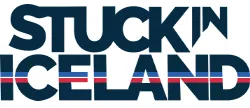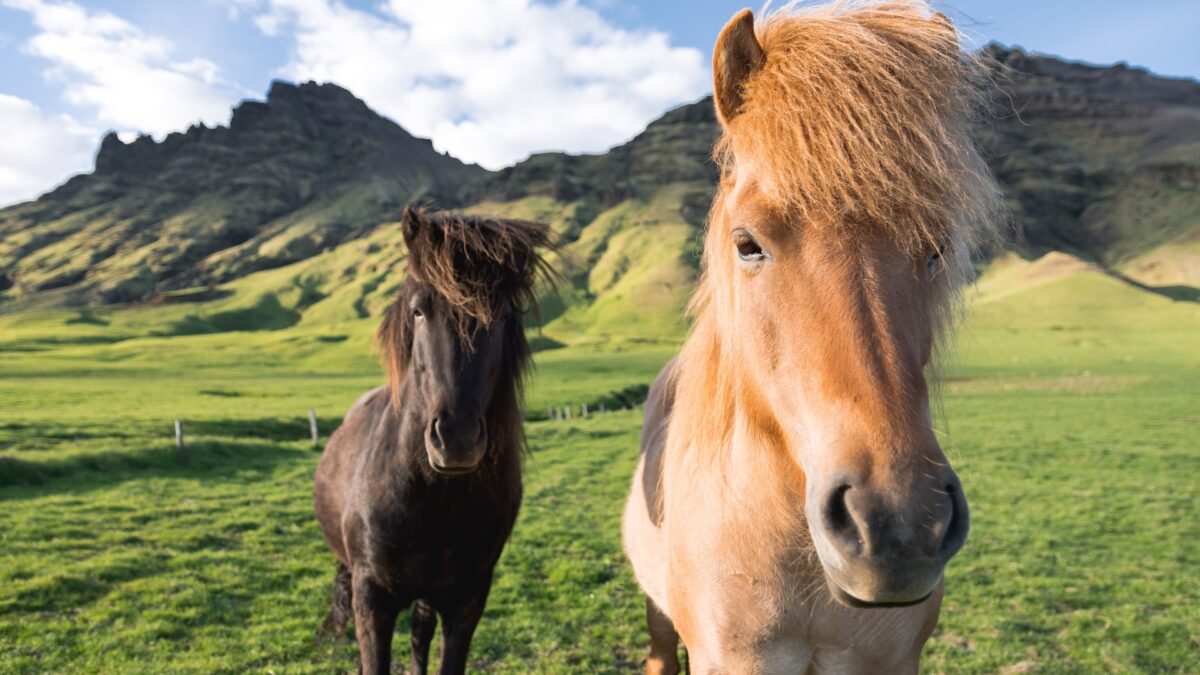
Icelandic Horses: Viking age Origin and Global Presence
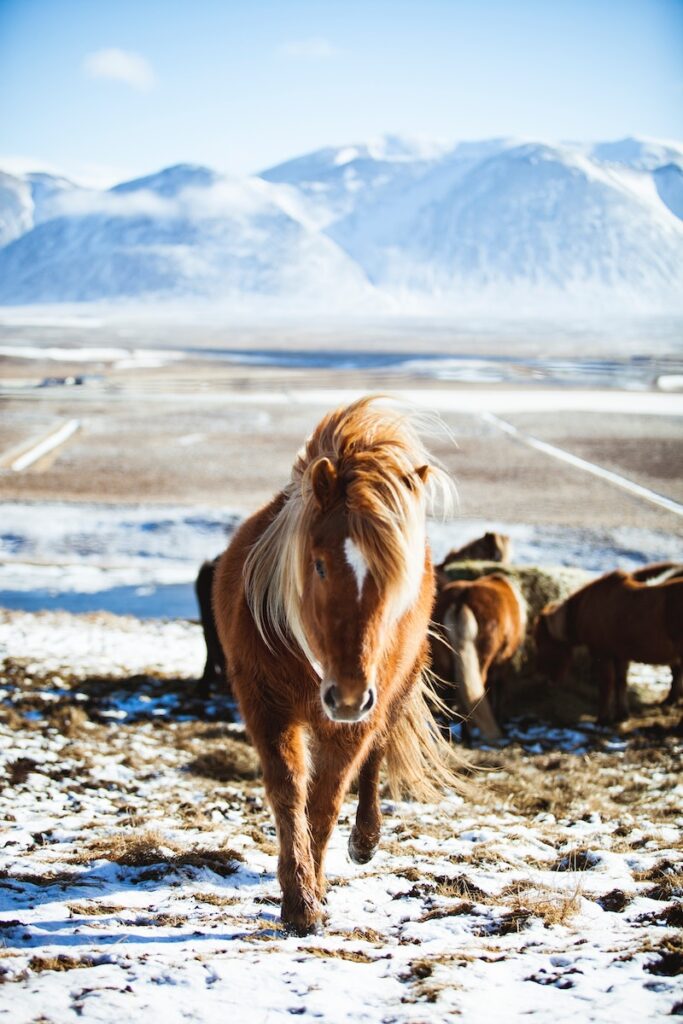
Unique Gaits and a Splash of Color of Icelandic horses
Conformation, Character, and Breeding
Ielandic horses: A Blend of Versatility, Loyalty, and Tradition
Hey Berglind, thank you for taking the time for this interview. You joined the Horses of Iceland project five months ago. Can you please give my readers a little background information about you?
What was your experience of Icelandic horses before you joined the Horses of Iceland?
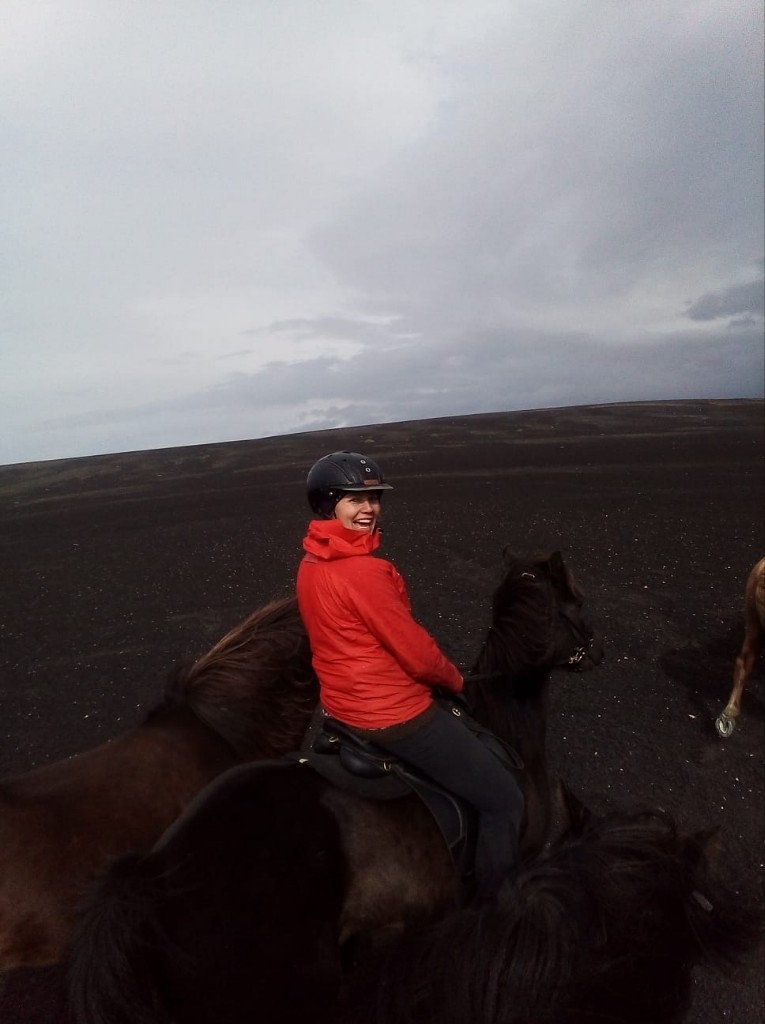
What are the promotional activities you have for the Icelandic horse in different locations worldwide?
What online resources do you recommend for Icelandic horse enthusiasts around the globe?
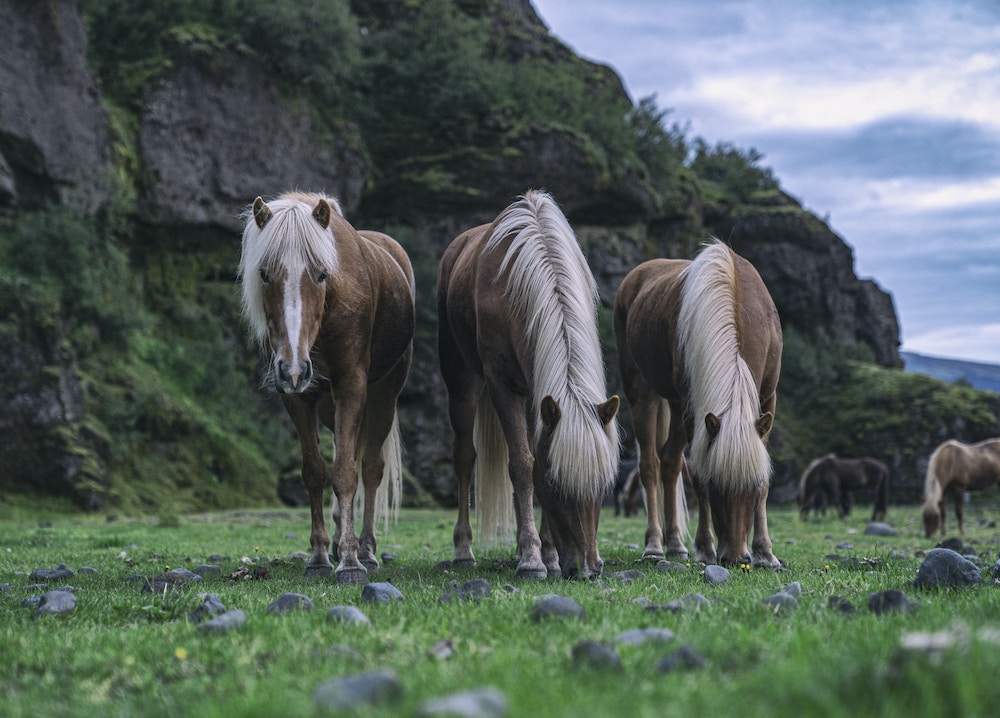
What are your favorite activities and places in Iceland?
What advice do you have for those visiting Iceland for the first time?
If you really want to discover the island, make sure you have time.I always tell my friend that it’s better to save up a little longer. Have two full weeks to really be able to enjoy the places you go to without being in a rush. This way, you’ll also have better chances to make the most of the weather. We all know it’s a little unpredictable here, but sometimes, you just need to change your plan a little and switch activities between days or drive a few more Kilometers to enjoy beautiful light or a ray of sunshine when it matters the most to you. If you’re on a tight schedule, you won’t have this flexibility. That’s fine, but I think it can make a difference to the quality of your trip and allow you to be more spontaneous if you discover things you’d like to do on the way. Oh, and take the time to try local food, This includes seafood, lamb or skyr and of course get to know our beautiful horses, even without riding. I promise you won’t regret it.
Subscribe to my newsletter for exclusive discount codes that will give you savings on 150 Iceland tours and travel services.
Subscribe to the Stuck in Iceland newsletterReceive exclusive promo codes for tours, car rental, camper van rental, and outdoor clothing rental. Get occasional updates about new content. I will never give your data to a third party without consent.
Thank you
Jon Heidar, Editor of Stuck in Iceland Travel Magazine

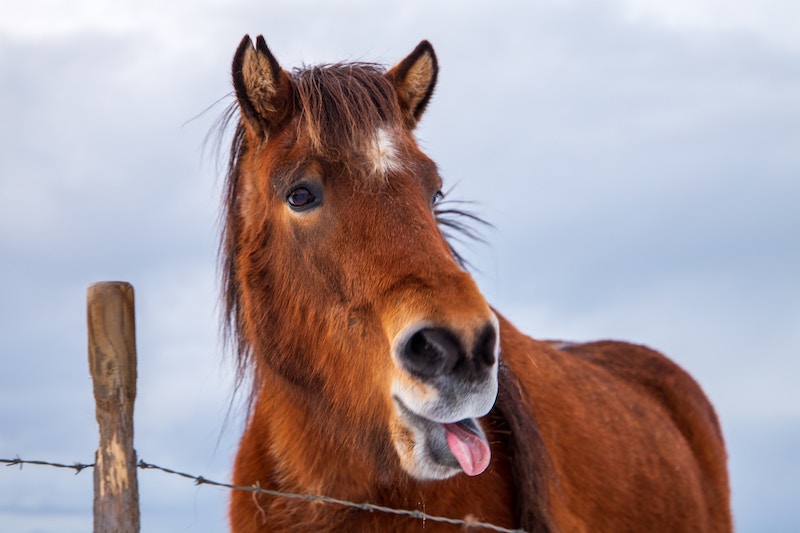
Key facts about Icelandic horses:
- Icelandic horses are one of the purest breeds globally, tracing their lineage back over 1000 years to the Viking settlement.
- The breed has survived and adapted to the harsh Icelandic climate through natural selection, which eliminated horses that were not suited to the environment. In the 1780s, a volcanic eruption at Laki caused significant loss to the breed.
- There is a wide variety of colors and color patterns in Icelandic horses. There are over 100 names for these variations in the Icelandic language.
- Icelandic horses have remarkable longevity and fertility. Some individuals have lived to ages 56 and 42 in Denmark and Great Britain, respectively. Both males and females can breed up to the age of 25, and mares have been known to give birth at age 27.
- The first breeding society for Icelandic horses was established in Iceland in 1904. Today, the breed is represented by organizations in 23 different nations under the International Federation of Icelandic Horse Associations.
